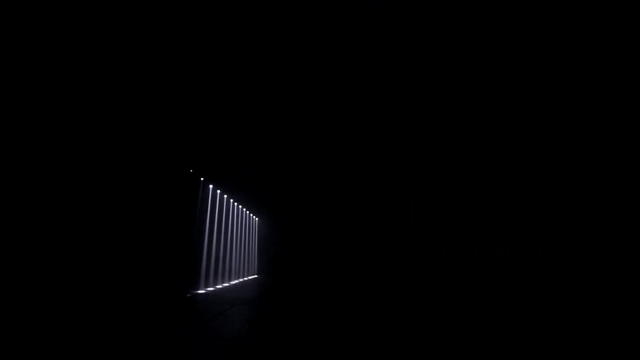
Moving from 2D environments to 3D environments requires an entire new dimension of planning that a simple flat surface never really exposes you to. Aside from the depth of objects in a 3rd dimension is the richness of lighting and shadows.
So what is 3D exactly? This is three-dimensional geometry, using Materials and Textures rendered on the surface of GameObjects to make them appear as solid objects. These objects can be characters, environments, props, basically anything that makes up the game world. Games built in 3D mostly use a perspective view so objects appear larger on screen as they get closer to the camera and smaller as they move away. This creates challenges as well as opportunities for interesting, dynamic, and engaging games allowing players to get even more immersed in the world.
An important component of 3D environments are the realistic and interesting use of lighting to evoke feelings, set the mood of a scene, or telegraph information to the player. More often than not the masterful use of lighting can change what would be a visually flat and uninteresting game into a absolutely stunning visual feast. Hopefully the following articles show you the versatility, and powerful tools at your disposable in Unity to craft compelling game worlds and immersive storytelling. This is a deep topic with many different aspects that help tie in together to bring an immersive experience to your players, like all good topics in Unity the Manual (here) and Scripting Reference (here) are your best friends. Until next time, happy coding.


